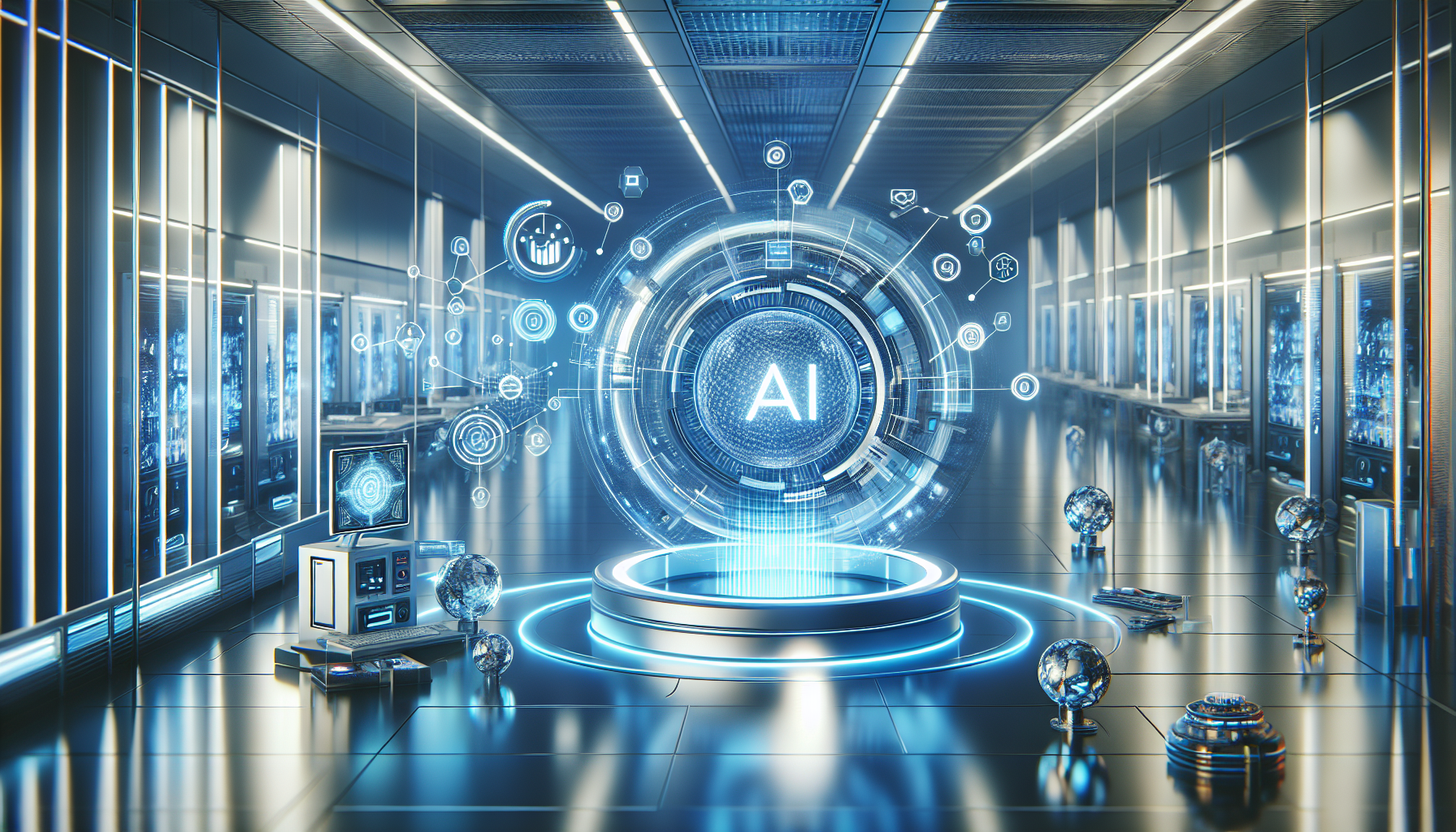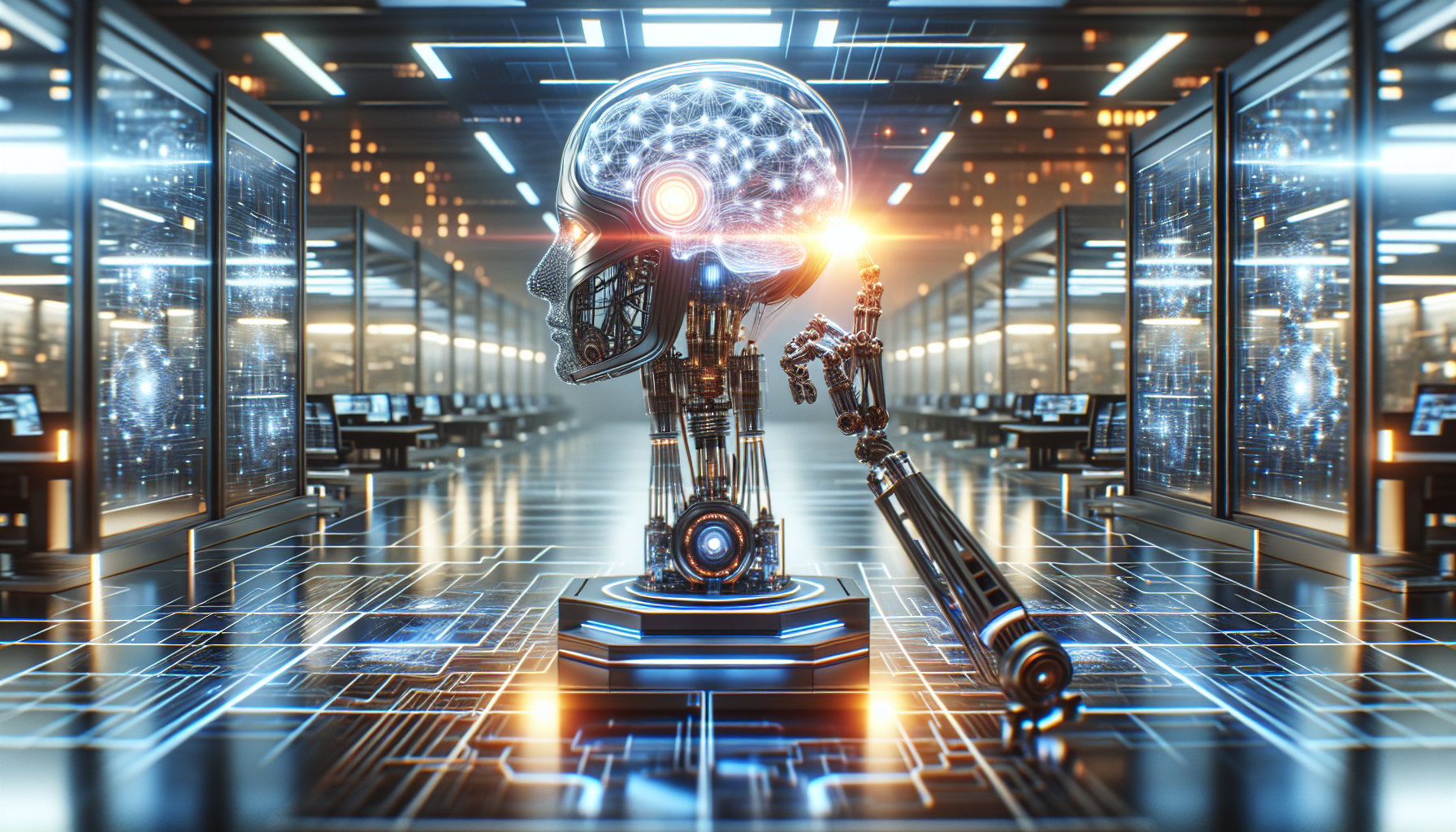
The Science Behind AI: Unraveling the Historical Threads of Algorithms and Data Structures
October 4, 2025
Artificial intelligence, once the realm of science fiction, now permeates every facet of modern life, from virtual assistants to predictive analytics. Yet, the intricate tapestry of AI is woven from the historical threads of algorithms and data structures, the foundational elements that drive its capabilities. Understanding this history is not only fascinating but essential for comprehending the current and future impact of AI.
The journey begins with the concept of algorithms, defined as a set of instructions designed to perform a specific task. This notion, far from being modern, traces back to ancient civilizations. The word "algorithm" is derived from the name of Persian mathematician Al-Khwarizmi, whose work laid the groundwork for algebra and influenced the Western world significantly. His contributions highlight an enduring principle: the power of systematic procedures to solve complex problems.
Fast forward through the ages, and we encounter pivotal moments where algorithms began to intertwine with computing. The advent of the digital computer brought to life the theoretical musings of figures like Charles Babbage and Ada Lovelace, who envisioned machines capable of executing algorithms autonomously. Lovelace's insights into the potential of these machines as tools for more than mere calculation underscore the visionary thinking that propelled AI's early development.
Data structures, the organizational framework for managing data, play an equally crucial role in AI's evolution. The inception of data structures can be traced to the early days of computer science when pioneers like Grace Hopper and John von Neumann sought efficient ways to store and retrieve information. Their efforts led to the development of arrays, linked lists, and trees, which continue to underpin modern data management.
As computing technology advanced, so too did the complexity of algorithms and data structures. The emergence of machine learning marked a significant milestone, enabling computers to glean patterns from data and improve their performance over time. This leap was made possible by enhanced data structures that could handle vast amounts of information, a necessity as data became the lifeblood of AI.
The historical perspective on AI's science is not merely an academic exercise; it offers valuable lessons for the present. Consider the principles of algorithm efficiency and scalability, which remain as relevant today as when first conceived. The ability of AI systems to analyze and learn from large datasets hinges on these age-old concepts, demonstrating their timeless nature.
Moreover, the historical lens reveals the collaborative effort underlying AI's development. It's a narrative of mathematicians, logicians, engineers, and scientists from diverse backgrounds contributing to a collective understanding. This spirit of collaboration is crucial as we face contemporary challenges in AI, such as ethical considerations and bias mitigation.
Reflecting on the historical trajectory of algorithms and data structures, one cannot help but marvel at the foresight of early pioneers. Their foundational work set the stage for AI's current capabilities and future potential. As we continue to advance AI technology, these historical insights offer guidance and inspiration, reminding us of the importance of a solid foundation.
The implications of this history are profound. For instance, the emphasis on creating efficient algorithms and robust data structures serves as a reminder that AI's power lies not in sheer computational might but in the elegance of its design. As AI systems become more sophisticated, the principles of simplicity and efficiency that guided early work remain crucial.
In contemplating the future, we must ask: How can we harness the lessons of the past to shape AI's trajectory? This question invites us to consider the balance between innovation and ethical responsibility. It challenges us to think critically about the role of human ingenuity in directing AI's course.
Ultimately, the historical perspective on AI's science invites a deeper appreciation for the field's complexity and potential. By understanding the rich tapestry of algorithms and data structures, we gain insight into AI's past triumphs and future possibilities. As we stand on the shoulders of giants, we are called to continue their legacy of innovation and exploration, ensuring that AI serves humanity's highest ideals.


